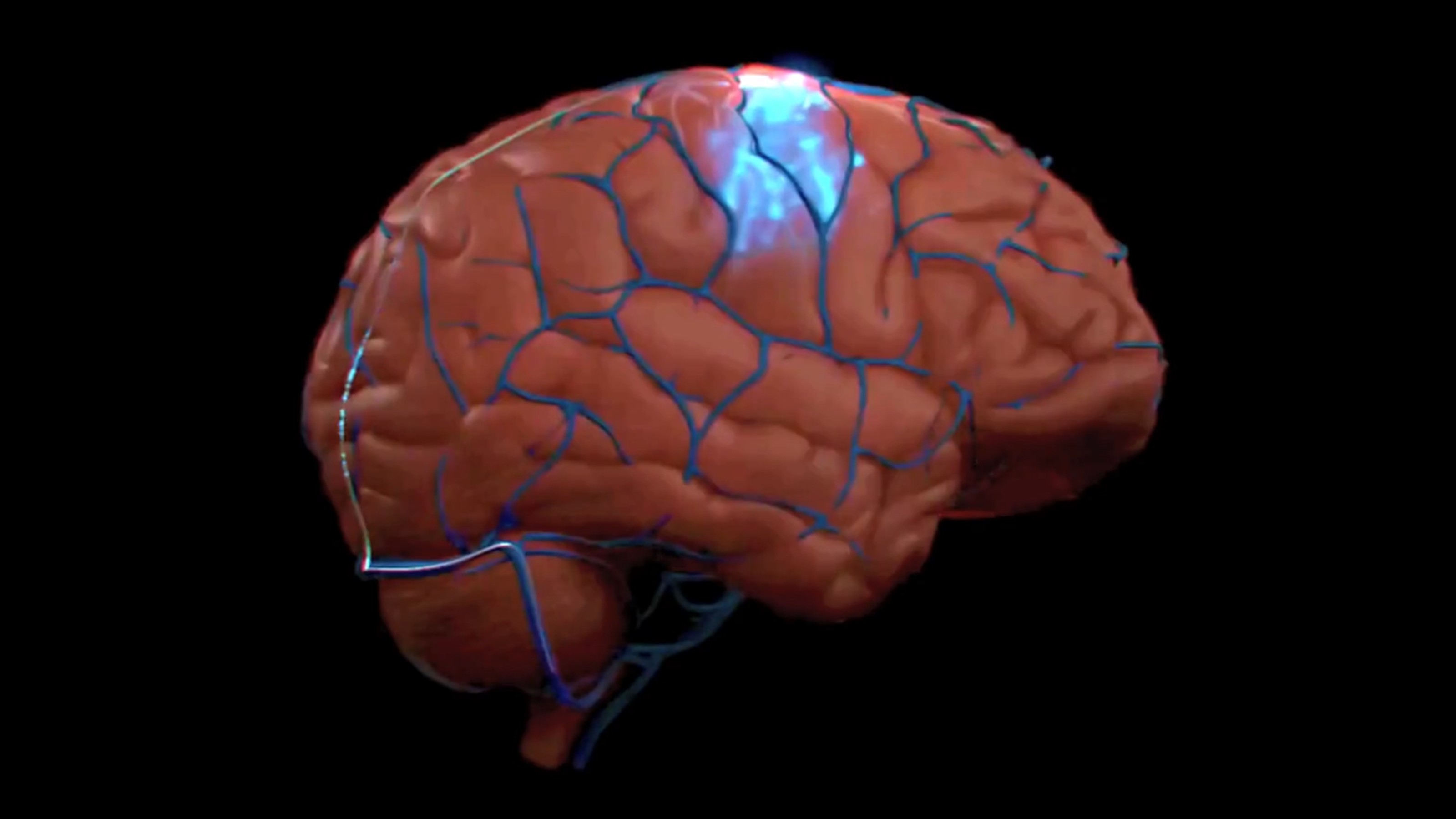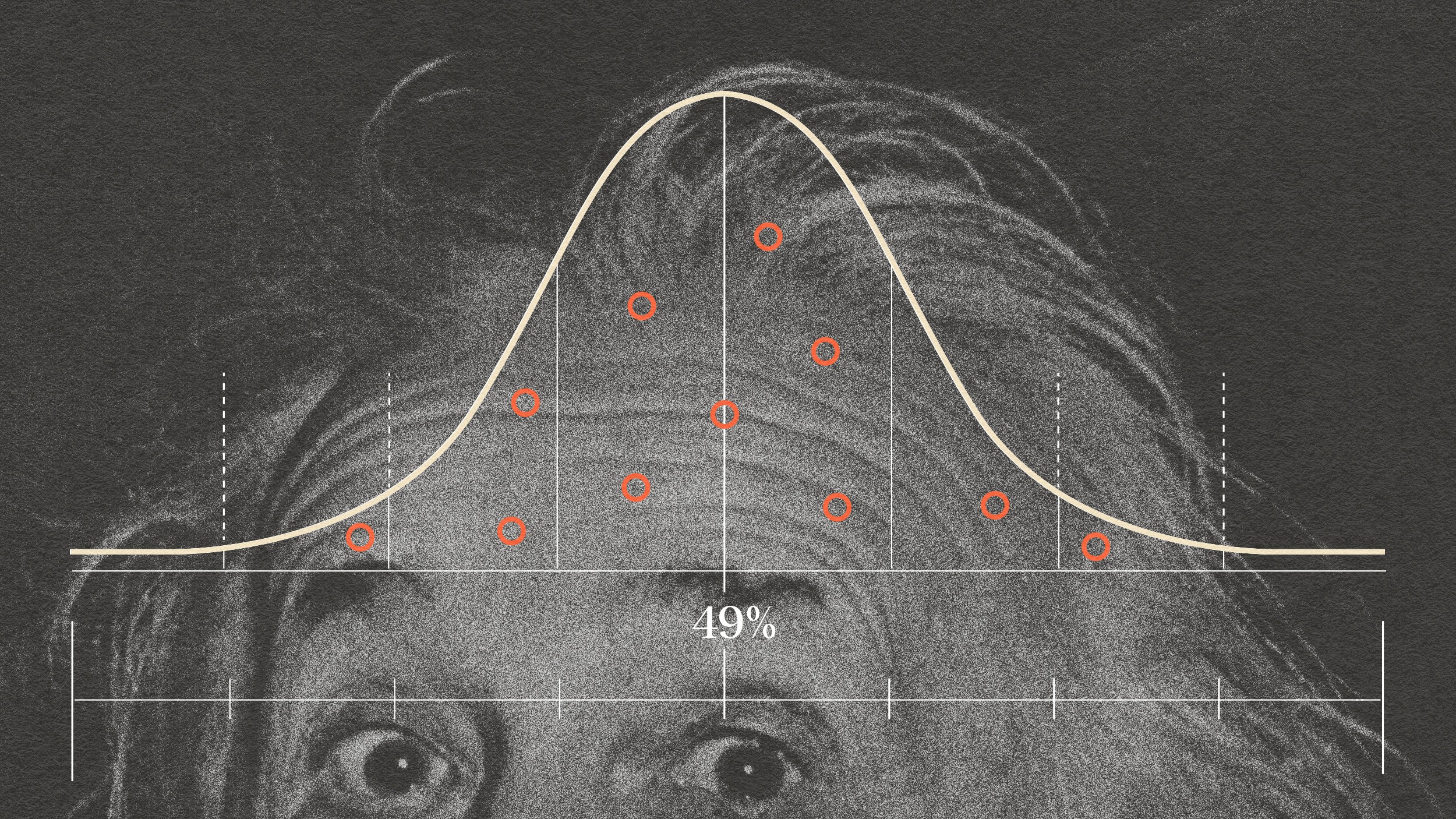Plenty of people are pessimistic about the state of relationships in society. Dr. Helen Fisher, senior research fellow at the Kinsey Institute, isn’t one of them. She sees trends like extended periods of cohabitation before marriage and a persistent fear of divorce not only as interrelated, but also signs of a healthy change in attitude toward love. While marriage was once the start of a long-term relationship, she says, today is it’s the finale. And that’s a good way to cope with a brain whose primitive regions are driven intensely toward short-term relationships. Dr. Fisher also explains how to maintain novelty, the fuel of romantic love, and how to be aware of the brain regions that affect satisfaction in a relationship.
Helen Fisher: We all want to have a good, stable relationship with somebody and one of the problems with early stage, intense feelings of romantic love is that it’s part of the oldest parts of the brain that become activated. Brain regions linked with drive, with craving, with obsession, with motivation. And, in fact, some cognitive regions up in the prefrontal cortex that have evolved much more recently begin to shut down. Brain regions linked with decision-making, planning ahead, you know, people who are madly in love can fall madly in love with somebody who’s married, who lives on the other side of the planet, who comes from a different religion, and somehow they’ll say to themselves, "We’ll work it out." We can work this out because of all that energy of intense romantic love and also the shutting down of various brain systems linked with decision-making. So one of the things that I say to people is, you know, before you decide to marry somebody spend some, a good deal of time with them so that some of that early stage intense feelings of romantic love can begin to subside and you can begin to really see what you’ve got. As a matter of fact, I’m very optimistic about the future of relationships because we’re spending so much time now getting to know somebody before we wed. You know a great many people are having these one-night stands and friends with benefits and living together before they marry. And there was a recent study in which they asked a lot of single people who were living together with somebody why have they not yet married. And 67 percent were terrified of divorce, terrified of the — not only the legal and the financial and the economic but the personal and social fallout of divorce. And so I began to realize maybe all of this hooking up and friends with benefits and living together is not recklessness. Maybe it’s caution. Maybe singles are trying to learn every single thing they can about a potential partner before they tie the knot. And in a short marriage — used to be the beginning of a relationship; now it’s the finale. And I think that that is very positive. As a matter of fact, I work with Match.com. I’m their senior, their chief scientific advisor. And we did a study of married people — not on the site Match.com, of course — of 1,100 married people. And I had reasoned: Well if there’s this long precommitment stage of getting to know somebody, maybe by the time you walk down the aisle you know what you’ve got; you’re happy with what you’ve got; and you’re going to build a long stable really happy marriage.
Maybe we’re going towards a time of happier marriages because relationships can end before you tie the knot. So within this study, I asked these 1,100 married people a lot of questions but one of the questions was, "Would you remarry the person you’re currently married to?" And 81 percent said yes. And I think that with what I call fast sex, slow love, with this slow love process of getting to know somebody very carefully over a long period of time, it’s going to help the brain readjust some of these brain regions for decision-making. You’re going to get to know how this person handles your parents at Christmas or whatever holiday, you know. How they handle your friends. How they handle their money. How they handle an argument. How they handle getting exercise and their own health and your health, et cetera. You learn a lot about the person. I think we’re in a — I’m very optimistic about the future because of this concept of slow love. I’m not really in the advice business or the "should" business. I think people should marry when they feel like marrying. But from what I know about the brain, if it were me, I’d wait at least two years because in two years you see the full cycle of the year twice. You see how they handle Halloween, how they handle Christmas or Hanukkah, how they handle summer fun. And to see that twice is, I think, important. And by the way, you can sustain that intense feeling of romantic love for two years. I’ve studied 5,000 people through Match.com, not on the Match.com site — a representative sample of Americans based on the U.S. census and a great many of them say that they’ve had the experience of sustained feelings of intense romantic love for somebody for two to five years. So if you pick the right person and you know now to sustain some of the joy, I think you can create a long-term attachment that is full also of periods of romantic love. We all want to sustain a long-term happy partnership and psychologists will give you a long list of smart ways to sustain it. But I’d like to say what the brain can add. I studied the brain and the first thing that you want to do is sustain the three basic brain systems for mating and reproduction. Sex drive — have sex with the partner; have sex regularly with the partner. If you don’t have time, schedule the time to have sex with the partner because when you have sex with a partner, you’re driving up the testosterone system so you’re going to want to have more sex. But you also have all the cuddling, which is going to drive up the oxytocin system and give you feelings of attachment and having sex with the person, any kind of stimulation of the genitals drives up the dopamine system and can sustain feelings of romantic love. So basically having — and of course there can be good jokes about it and relaxation about it that is good for the body and the mind. So have sex with a person and sustain that brain system of the sex drive. To sustain feelings of intense romantic love, do novel things together. Novelty drives up the dopamine system and can sustain feelings of romantic love.
And this isn’t just in the bedroom. Just go to a different restaurant on Friday night. Take your bicycle instead of a car. Read to each other in bed. Sit together on the couch and have a discussion about something new. Read new books together. Novelty, novelty, novelty sustains feelings of intense romantic love. You also want to sustain feelings of deep attachment and to do that you have to just stay in touch. Learn to sleep in the person’s arms, at least start that way. Cuddle after dinner. Walk arm in arm down the street. Hold hands together. Put your foot on top of his foot or her foot while you’re having dinner, gently of course. But stay in touch. That drives up the oxytocin system and can give you feelings of deep attachment to the partner. So you want to sustain all three of those brain systems — sex drive, feelings of romantic love, and feelings of deep attachment. But we’ve also found out what’s going on in the brain in long-term, happy partners. We did a study, a brain-scanning study of people who were married an average of 21 years. And those people who are married an average of 21 years who are still madly in love with their partner showed activity in three brain regions. A brain region linked with empathy, a brain region linked with controlling your own emotions, and a brain region linked with what we call positive illusions. The simple ability, but sometimes hard, to overlook what you don’t like about somebody and then focus on what you do. So last, but not least we’ve now known that if you say several nice things to your partner every day — I would suggest five but if you can only pull off two or three, whatever, saying nice things to your partner. That actually reduces their cholesterol, reduces their cortisol, which is the stress hormone, and boost their immune system. But it also boosts yours. So what the brain says about a happy, long-term partnership is overlook what you don’t like and focus on what you do. Express empathy for the partner. Control your own emotions. Have sex with the partner. Do novel things together. Stay in touch and say several nice things every day and you will — your brain will help you sustain a long-term deep attachment. We’re built to love.






